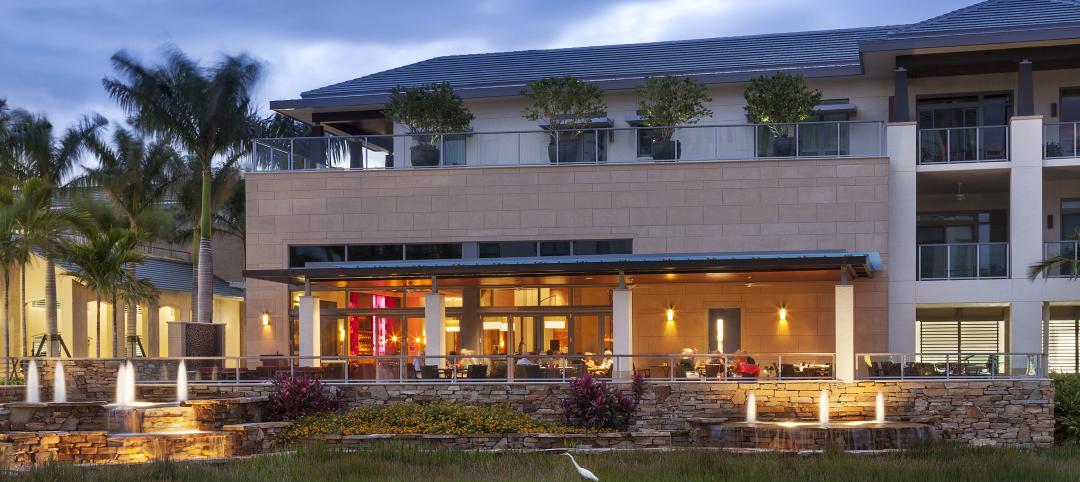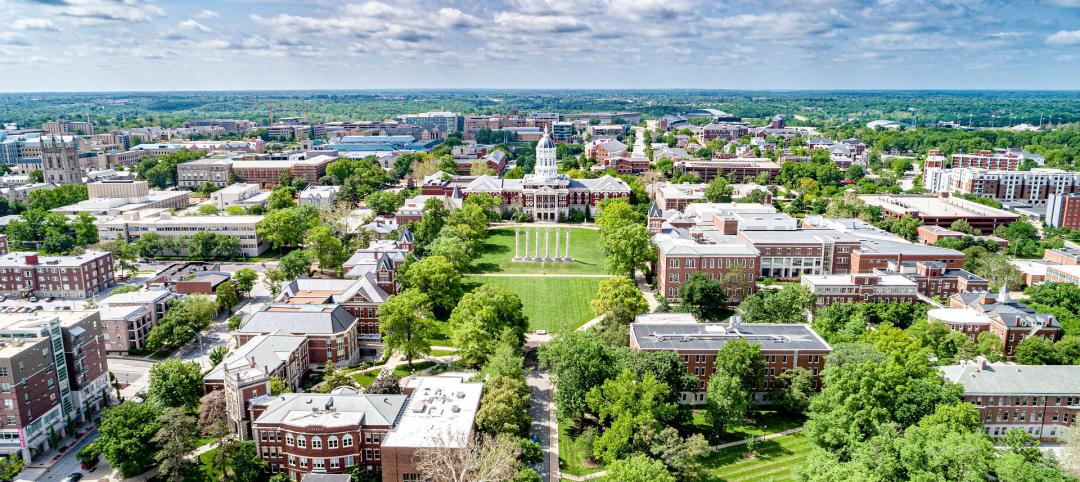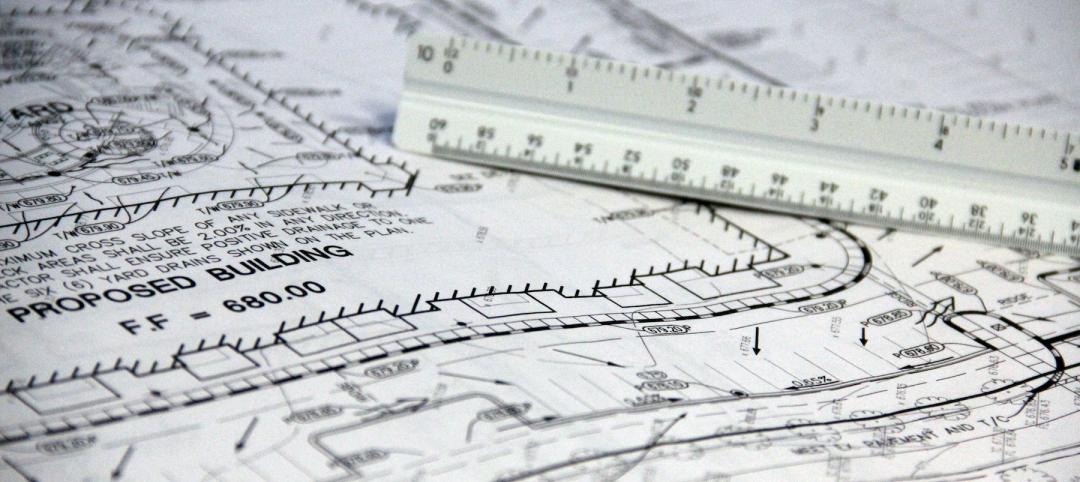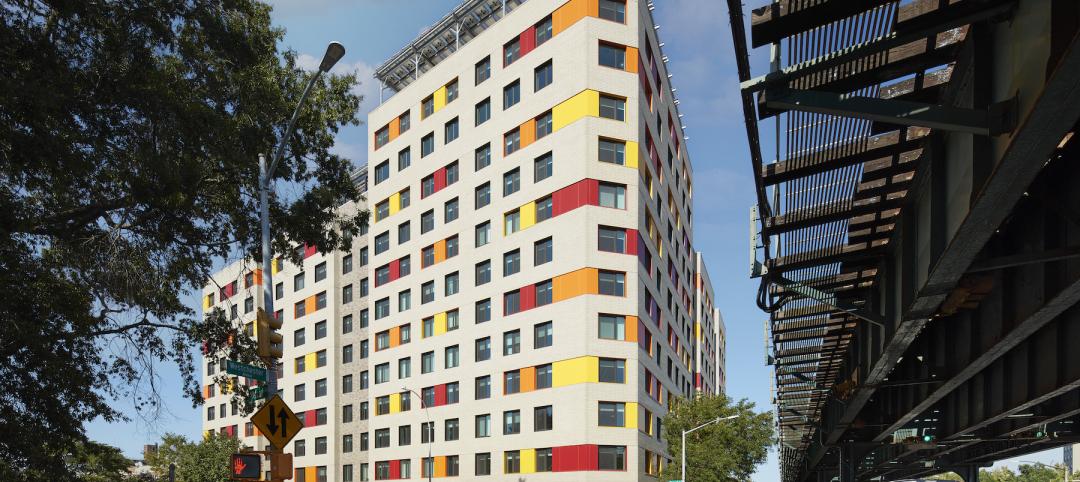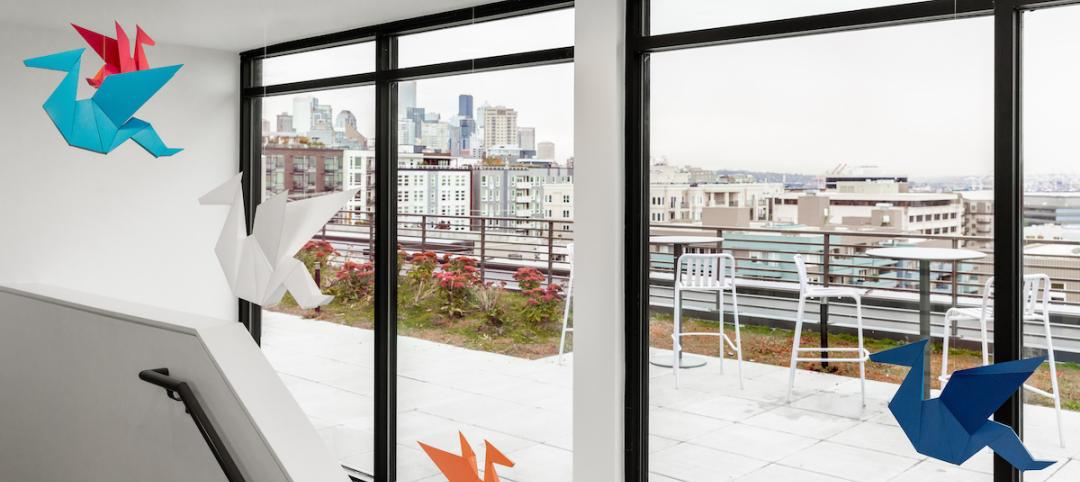Rochester, Minn., home to the famed Mayo Clinic, is about to embark on what would be the largest economic development initiative in this state’s history.
The state government, the Mayo Clinic, and private investment partners are prepared to spend $6.5 billion on a 20-year plan whose goal is to elevate Rochester into a global biotech hub. The plan is also intended to rejuvenate Rochester’s downtown, promote open transit, and reconnect the city with its waterfront.
On April 23, the Board of Directors of the Destination Medical Center Corporation formally adopted the development plan for Destination Medical Center (DMC), which would be comprised of six districts spread across 550 acres. The vertical construction would support a diverse mixed-use environment that complements Mayo’s existing facilities, which already provide care for one million patients annually.
The state government, the Mayo Clinic, and private investment partners are prepared to spend $6.5 billion on a 20-year plan whose goal is to elevate Rochester into a global biotech hub. The plan is also intended to rejuvenate Rochester’s downtown, promote open transit, and reconnect the city with its waterfront.
The six districts identified in the development plan include:
• The Heart of the City: The plan would convert the downtown area into a place of “connected urban experiences” that build off of the city’s existing walkable attributes, with enhanced areas and mixed-use buildings
• Discovery Square: Steps from Mayo Medical School, this would be the address for the expansion of science, research, tech, and entrepreneurism;
• Downtown Waterfront: This would be located where the Zumbro River and Second Street intersect. It would be a cultural and historical center, and provide live-work opportunities;
• Central Station: A nexus of transportation for the downtown area, with an intermodal transit station that is incorporated into mixed-use development;
• UMR and Recreation Area: On the south edge of downtown, this location would encompass the University of Minnesota-Rochester campus and Soldier’s Memorial Field; and
• St. Mary’s Place: A new public space in the downtown’s western corner.
Peter Cavaluzzi, FAIA, Principal and Board Member for Perkins Eastman, this project’s lead designer, thinks The Heart of the City will be the most critical component, and have the biggest impact, early on. “The first phase of every large-scale project has to be bold enough to have an impact, but at the same time be small enough that it can be achieved.”
Perkins Eastman says the initial phase will start at the city’s 1st Street and 1st Avenue, in the middle of Peace Plaza, where a grand dining terrace will span the Avenue and connect to the historic Chateau Theater.
A breakdown of Destination Medical Center shows that it would have 6.8 million sf of healthcare facilities, 1.02 million sf of biotech, 310,000 sf of offices, a 1,380-room hotel, 2,850 units of residential, 354,000 sf of educational space, and 117,000 sf of transit, which would include 22,850 new parking spaces. Fast Company reports that there is also a possibility of a rail link between Rochester and Minneapolis, 90 miles away.
Rochester officials see this project as a way for their city to get out from under the shadow cast by the Minneapolis-St. Paul metroplex. DMC could also give Mayo Clinic a leg up on other healthcase hubs like Cleveland Clinic and Johns Hopkins that are all vying for what’s known as medical “tourists,” affluent foreign patients seeking the best treatment available.
Lisa Clarke, DMC’s executive director, estimates that this development would create between 25,000 and 40,000 jobs over 20 years, plus significantly more tax revenue.
Fast Company reports that $6 billion of the project’s cost would be raised from the private sector, and state and local taxpayers would contribute $585 million. Foreign companies, many with ties with Mayo Clinic, are expected to provide much of the private funding.
The Destination Medical Center, though, is controversial. For one thing, the plan calls for the downtown area to be “winterized” with skywalks, heated sidewalks, and underground passageways. There’s nothing in the plan that stipulates construction of affordable housing (which could be a real problem if, as estimated, this urban development project causes Rochester’s population to double from its current 111,000 people). And some residents fear that local cultural structures, like the public library and downtown theater, could ultimately be destined for the wrecking ball.
Related Stories
Giants 400 | Aug 29, 2022
Top 80 Senior Living Facility Architecture + AE Firms for 2022
Perkins Eastman, Hord Coplan Macht, Ryan A+E, and Stantec top the ranking of the nation's largest senior living facility architecture and architecture/engineering (AE) firms for 2022, as reported in Building Design+Construction's 2022 Giants 400 Report.
Giants 400 | Aug 29, 2022
Top 70 Student Housing Facility Architecture + AE Firms for 2022
Niles Bolton Associates, Mithun, Gensler, and Perkins and Will top the ranking of the nation's largest student housing facility architecture and architecture/engineering (AE) firms for 2022, as reported in Building Design+Construction's 2022 Giants 400 Report.
| Aug 29, 2022
Montana becomes first U.S. state to approve 3D printing in construction
Montana is the first U.S. state to give broad regulatory approval for 3D printing in building construction.
Giants 400 | Aug 29, 2022
Top 175 Multifamily Sector Architecture + AE Firms for 2022
Perkins Eastman, Solomon Cordwell Buenz, KTGY, and Gensler top the ranking of the nation's largest multifamily sector architecture and architecture/engineering (AE) firms for 2022, as reported in Building Design+Construction's 2022 Giants 400 Report. Note: This ranking includes all multifamily sector work, including apartments, condos, student housing, and senior living facilities.
| Aug 26, 2022
Idaho Building Code Board considers gutting large part of state energy code
Idaho Building Code Board considers gutting large part of state energy code.
Multifamily Housing | Aug 25, 2022
7 things to know about designing for Chinese multifamily developers
Seven tips for designing successful apartment and condominium projects for Chinese clients.
Giants 400 | Aug 25, 2022
Top 155 Apartment and Condominium Architecture Firms for 2022
Solomon Cordwell Buenz, KTGY, Gensler, and AO top the ranking of the nation's largest apartment and condominium architecture and architecture/engineering (AE) firms for 2022, as reported in Building Design+Construction's 2022 Giants 400 Report.
University Buildings | Aug 25, 2022
Higher education, striving for ‘normal’ again, puts student needs at the center of project planning
Sustainability and design flexibility are what higher education clients are seeking consistently, according to the dozen AEC Giants contacted for this article. “University campuses across North America are commissioning new construction projects designed to make existing buildings and energy systems more sustainable, and are building new flexible learning space that bridge the gap between remote and in-person learning,” say Patrick McCafferty, Arup’s Education Business Leader–Americas East region, and Matt Humphries, Education Business Leader in Canada region.
| Aug 25, 2022
New York City’s congestion pricing aims to reduce traffic, cut carbon
Officials recently released an environmental assessment that analyzes seven different possible pricing schemes for New York City’s congestion pricing program.
Sponsored | BD+C University Course | Aug 24, 2022
Solutions for cladding performance and supply issues
This course covers design considerations and cladding assembly choices for creating high-performance building envelopes — a crucial element in healthy, energy-efficient buildings.



